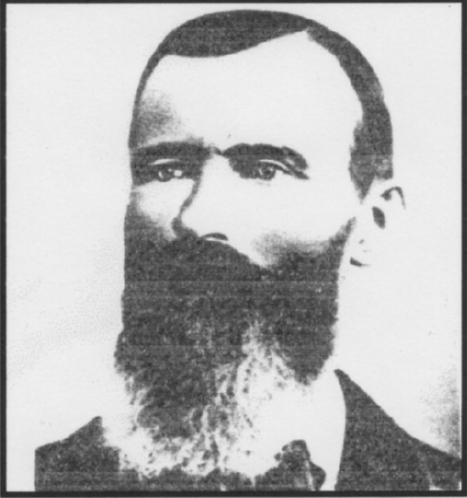A complete guide to Evandale, TAS
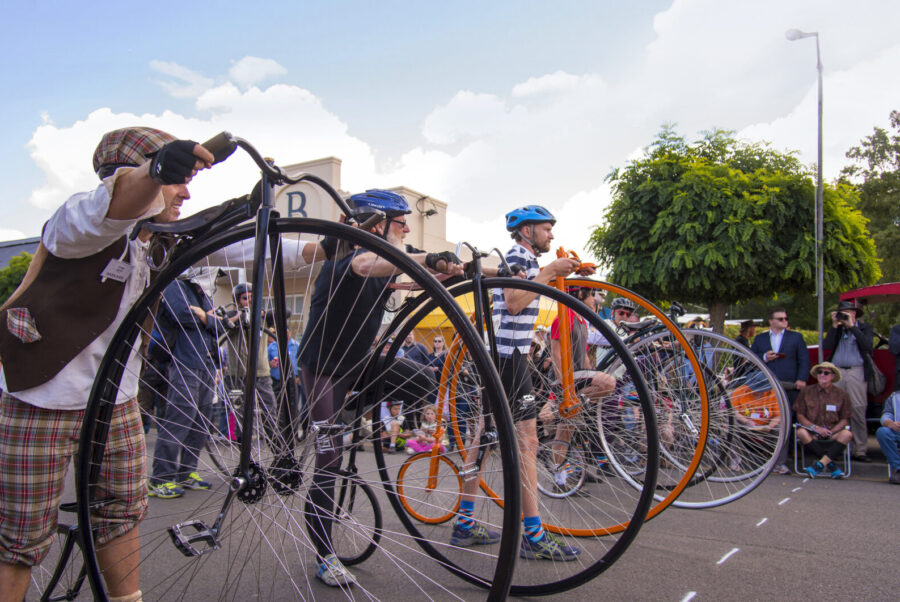
Tasmania is known for its late Georgian-era and early Victorian-era towns, including Richmond, Ross, Bothwell and Campbell Town. Evandale is less well known, but equally impressive.
This attractive National Trust-classified historic town, is located 19km south of Launceston on the South Esk River and was established in 1811. In the following decades the area was known by several names, including Collins Hill, Gordon Plains, Morven and New River, but was officially renamed Evandale in 1830. It was declared a municipality in 1865.
Historically, Evandale’s economy was based on wool, fat-lamb raising, cattle and dairy produce, and the growing of wheat, oats, barley and peas. Today, it’s a popular tourist destination, famous for hosting the internationally renowned National Penny Farthing Championship, which is held every February.
The town is best explored on a self-guided Heritage Walk, using a brochure available at the Evandale Visitor Information & History Centre. Highlights include St Andrew’s Anglican Church, the 1896 stone water tower, and the well-preserved buildings along High Street. Just a few kilometres south is the National Trust-run Clarendon, which is considered one of the finest Georgian-era mansions in the country.
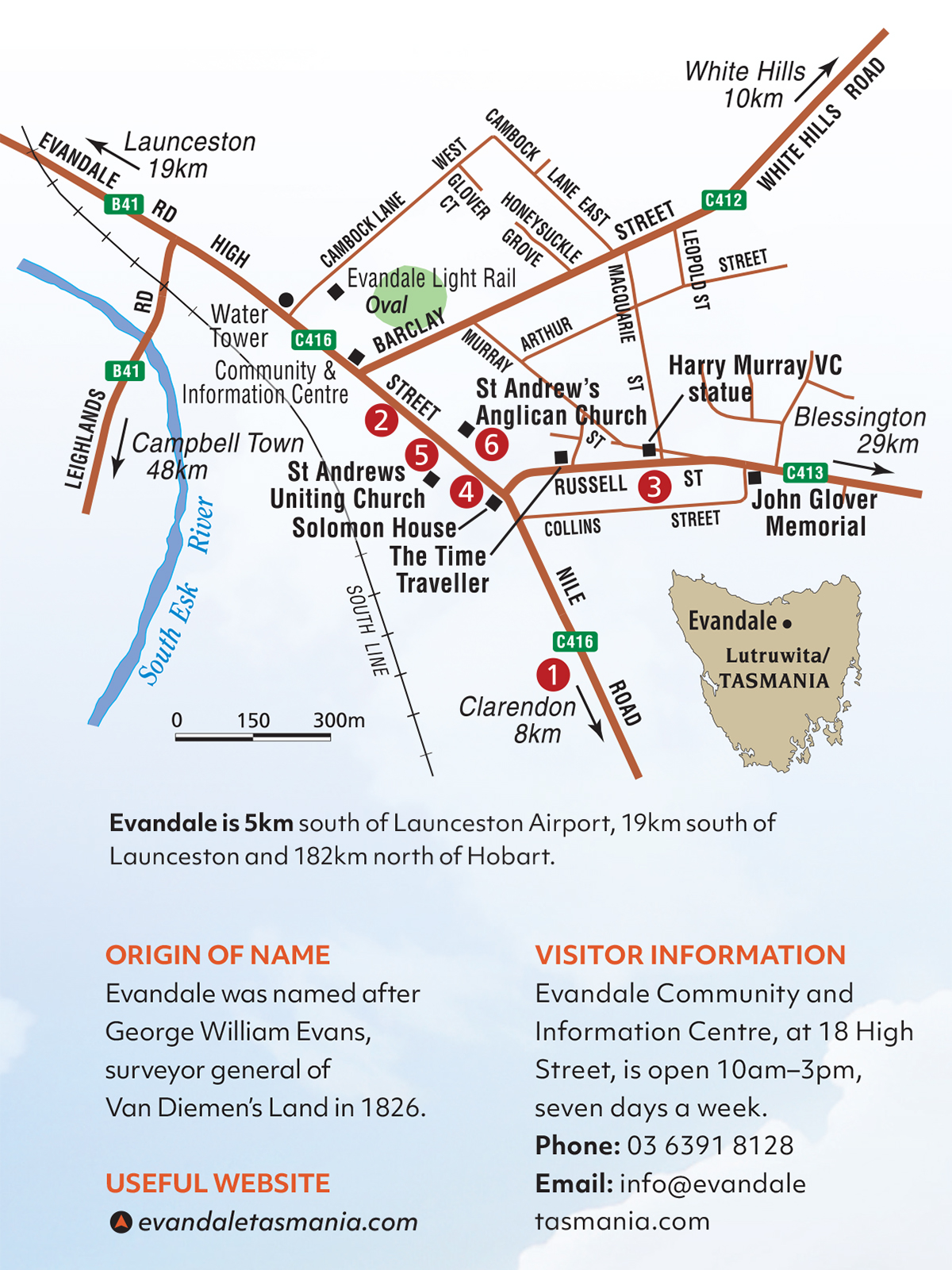
Places of interest
1. Clarendon
About 10km south of Evandale stands the well-preserved Clarendon, on a 7ha estate built on the banks of the South Esk River. The three-storey mansion was built in 1838 by wealthy grazier and merchant James Cox, at an estimated cost of £20,000–£40,000. Today, Clarendon is recognised as one of Australia’s most impressive, and best-preserved, Georgian-era houses. Its combination of beautifully proportioned high-ceilinged rooms and interesting diversity of outbuildings – a dairy, butcher’s shop, bakehouse, large stable and gardener’s cottage – make it a particularly interesting and gracious building.
2. Evandale Village Fair & National Penny Farthing Championship
The Evandale Village Fair is held annually in February and features a full day of penny-farthing bicycle racing, including the National Penny Farthing Championship. This race involves involves four circuits of the village – a distance of about 1.5km.
3. Sculptures
In recent times, a number of sculptures have been placed around the town of Evandale. One of the most notable is the penny-farthing bicycle and its rider, which is known as The Time Traveller, and is located opposite the Clarendon Arms hotel. There’s also a life-sized statue of artist John Glover in Falls Park, and a statue, at 23 Russell Street, of Lieutenant Colonel Henry William ‘Harry’ Murray VC, who was reputedly the British Empire’s most highly decorated infantry soldier during World War I. The brave Colonel Murray was born near Evandale in 1880, and was nicknamed ‘Mad Harry’ for his courageous wartime feats.
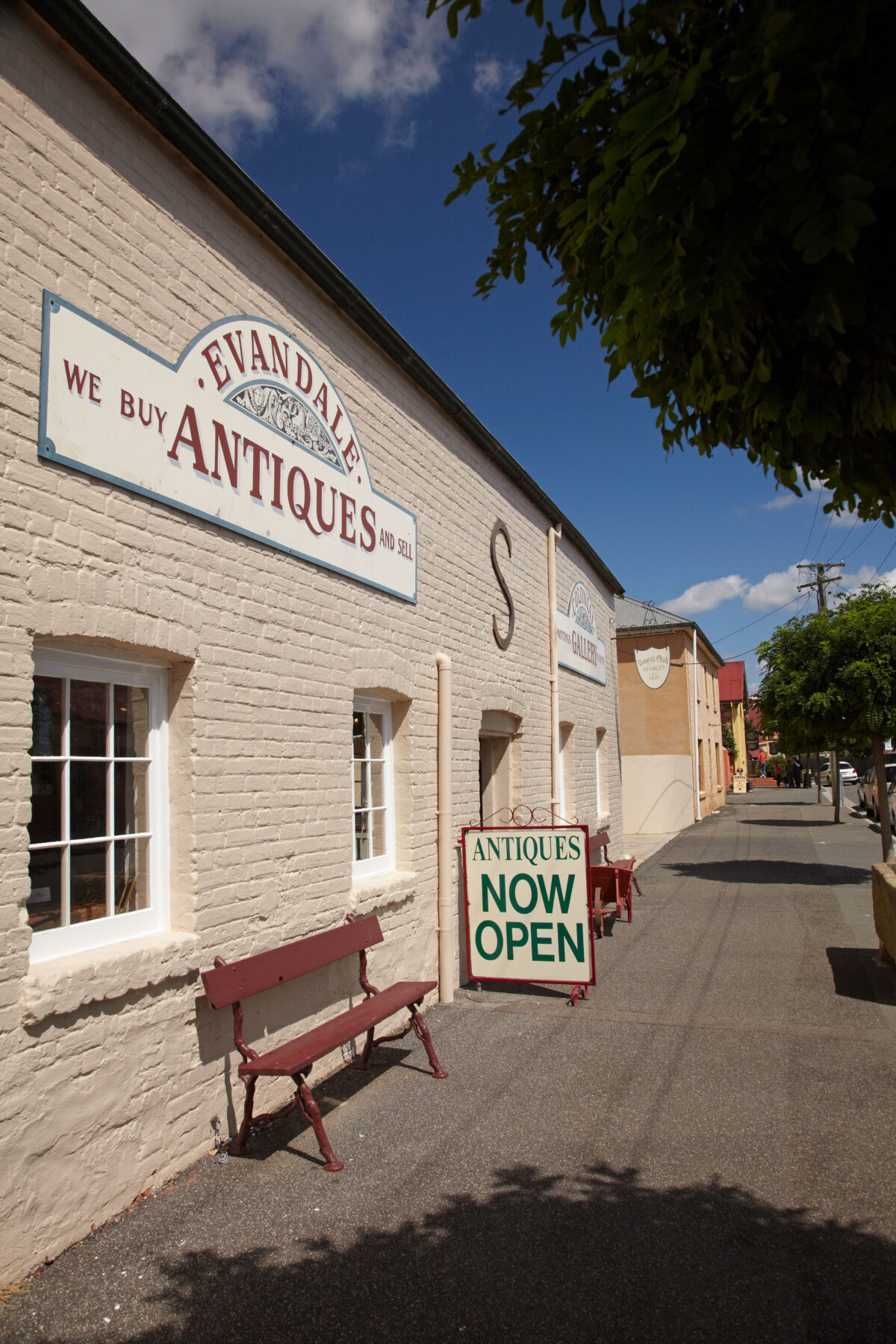
4. Solomon House
Located at 1 High Street, Solomon House was built by Joseph Solomon as the “Clarendon Stores” in 1836. It is listed on the Register of the National Estate. A bakery at the rear is now Solomon Cottage, an attractive BnB.
5. St Andrew’s Uniting Church
Built in 1840, St Andrews Uniting Church boasts a classical bell tower and Doric columns. It’s located on High Street, opposite the Anglican church.
6. St Andrew’s Anglican Church
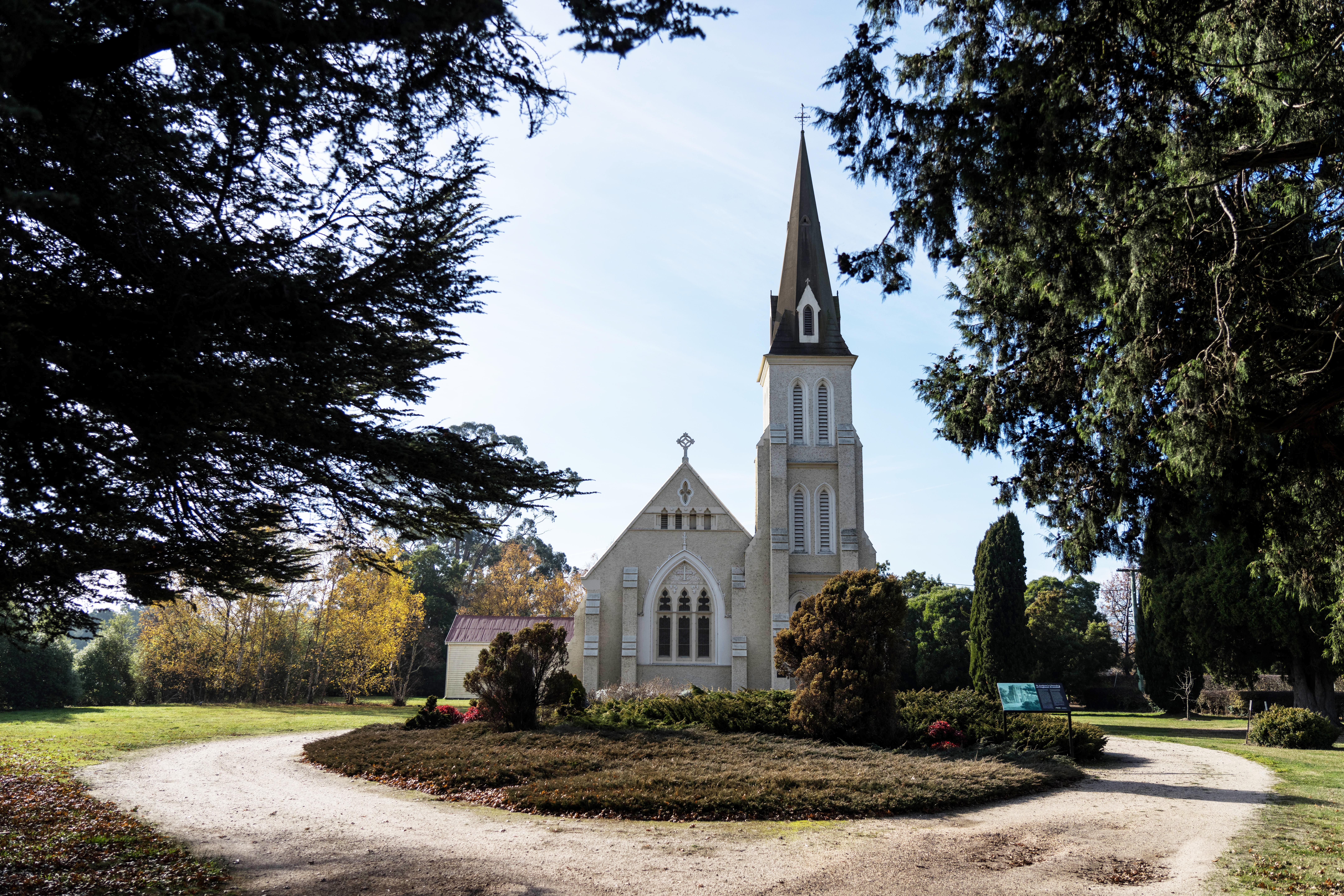
St Andrew’s Anglican Church, at 6 High Street, was consecrated in May 1872, and was the third church built on the site. According to the Australian Heritage Database, “St Andrew’s is essentially designed in the Victorian Academic Gothic style in terms of detailing and proportions, however the use of cement rendered brickwork is slightly incongruous with this style [sic].” The spire was added in 1873, funded by Tasmanian landowner John Whitehead MHA of “Winburn”, Lymington.
Evandale history
Before Europeans arrived, the area around Evandale was home to the Tyerrernotepanner people.
During tours of Van Diemen’s Land in 1811 and 1821, Governor Lachlan Macquarie travelled through the Evandale area. On his first visit he decided a military post should be built about 3km southeast of the present town, known then as Honey Suckle Bank.
Land titles were granted in 1816.
The first settlers were from the Norfolk Island penal colony, which closed in 1814 (reopened in 1825).
One of the first settlers was George Collins, and the town was briefly known as Collins Hill. One of the area’s first prominent homes, “Prosperous House” (now “Fallgrove”), was built c.1826 for Kennedy Murray, the first chief constable of Evandale.
George Collins opened Evandale’s first pub in 1829.
In 1838 “Clarendon” was completed for James Cox, son of William Cox, who built the first road across the Blue Mountains in NSW.
In the early 1840s, convict John ‘Red’ Kelly (pictured, right) was transported and served his sentence in Evandale after stealing two pigs in Ireland. His sons, Ned and Dan, achieved infamy as bushrangers.
The village was officially recognised as Evandale in 1830.
The railway connected Evandale and Hobart in 1876.
The post office, now a private residence, was completed in 1888.
Image credit: Wikicommons
